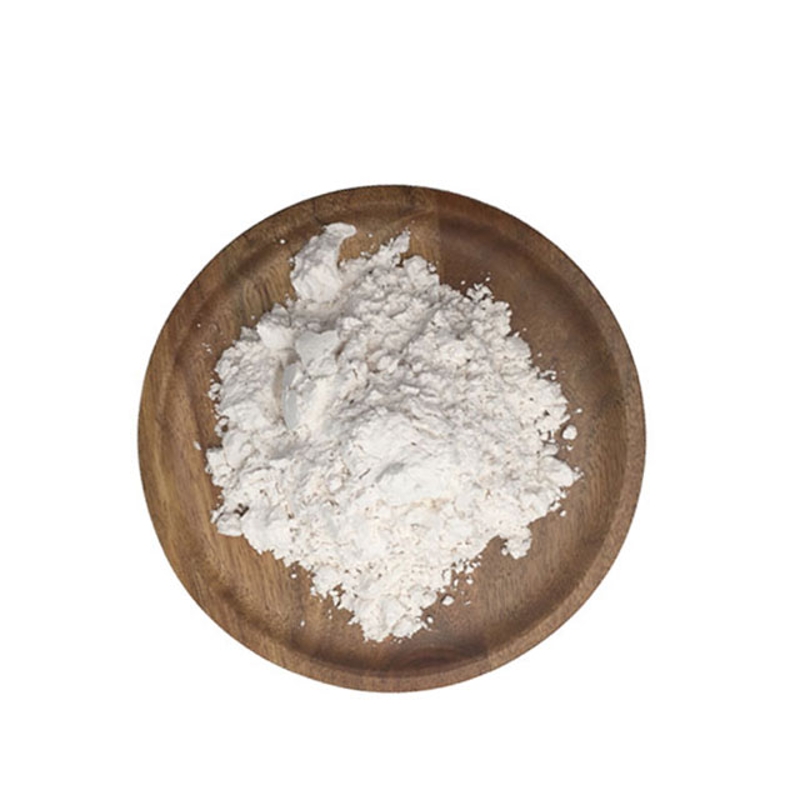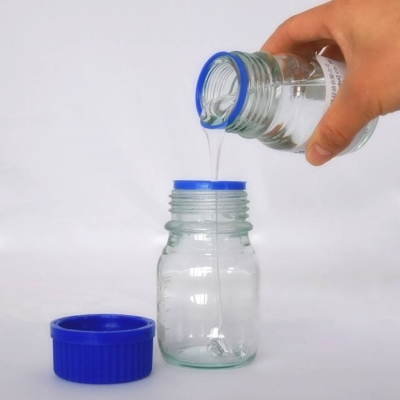-
Categories
-
Pharmaceutical Intermediates
-
Active Pharmaceutical Ingredients
-
Food Additives
- Industrial Coatings
- Agrochemicals
- Dyes and Pigments
- Surfactant
- Flavors and Fragrances
- Chemical Reagents
- Catalyst and Auxiliary
- Natural Products
- Inorganic Chemistry
-
Organic Chemistry
-
Biochemical Engineering
- Analytical Chemistry
- Cosmetic Ingredient
-
Pharmaceutical Intermediates
Promotion
ECHEMI Mall
Wholesale
Weekly Price
Exhibition
News
-
Trade Service
According to the latest report released by Markets and Markets, the global lithium-ion battery recycling market size in 2019 was about $1.
5 billion, and this data is expected to increase to $12.
2 billion by 2025, and by the end of this decade, that is, by 2030, the global lithium-ion battery recycling market will steadily increase to $18.
1 billion, with a compound annual growth rate of 8.
2%
from 2025 to 2030.
The lithium-ion batteries in the report include lithium nickel-manganese-cobalt, lithium-iron phosphate, lithium-manganese oxide, lithium titanate, lithium nickel-cobalt aluminate and lithium cobaltate, among others
.
The growing need for electric vehicles to control increasing pollution levels has stimulated the consumption
of lithium-ion batteries.
Because their self-discharge rate is lower than other rechargeable batteries such as Ni-Cad and NiMH, they have a high energy and power density, so they can be used in a variety of applications
from industrial equipment to electric vehicles.
In terms of battery type, lithium manganese oxide is the battery type with the highest recycling rate in the lithium-ion battery recycling market and is expected to grow
at the highest CAGR during the period 2025-2030.
Lithium manganese oxide (LMO) battery is a three-dimensional spinel structure battery
with lithium manganese as the cathode material.
The spinel structure in LMO cells offers several advantages such as lower internal resistance, higher thermal stability, improved current handling and enhanced safety
.
These properties of LMO batteries make them suitable for applications
such as power tools, hybrid and electric vehicles.
By industry, lithium-ion battery recycling in the power industry is expected to grow
at the highest CAGR from 2019-2024.
The power sector is working to produce renewable energy and store it for multiple uses
.
The low self-discharge rate of lithium-ion batteries is one of
the factors driving their adoption in smart grids and renewable energy storage systems.
This is expected to lead to the power sector generating high volumes of spent lithium-ion batteries for recycling
.
Based on end-use, automotive is expected to be the largest segment in the lithium-ion battery recycling market and is expected to lead the way
in the coming years.
The popularity of electric vehicles is driving the demand
for lithium-ion batteries due to the low accessibility of raw materials such as lithium and cobalt in most countries and the fact that EV manufacturers are recycling used lithium-ion batteries.
From the perspective of market region, the lithium-ion battery recycling market in Asia Pacific is expected to grow
at the highest CAGR from 2019 to 2024.
Asia Pacific is also one of the largest markets for lithium-ion battery recycling in applications such as electric vehicles and energy storage, with China and India the fastest growing economies
in the world.
Due to the growing population and its demand for industrial applications, the demand for lithium-ion batteries in the Asia-Pacific region is very high
.
In terms of companies, the world's leading companies engaged in lithium-ion battery recycling include Umicore (Belgium), Glencore (Switzerland), Retriev Technologies (United States), Raw Materials Company (Canada), INMETCO (United States) and others
during the forecast period.
According to the latest report released by Markets and Markets, the global lithium-ion battery recycling market size in 2019 was about $1.
5 billion, and this data is expected to increase to $12.
2 billion by 2025, and by the end of this decade, that is, by 2030, the global lithium-ion battery recycling market will steadily increase to $18.
1 billion, with a compound annual growth rate of 8.
2%
from 2025 to 2030.
The lithium-ion batteries in the report include lithium nickel-manganese-cobalt, lithium-iron phosphate, lithium-manganese oxide, lithium titanate, lithium nickel-cobalt aluminate and lithium cobaltate, among others
.
The growing need for electric vehicles to control increasing pollution levels has stimulated the consumption
of lithium-ion batteries.
Because their self-discharge rate is lower than other rechargeable batteries such as Ni-Cad and NiMH, they have a high energy and power density, so they can be used in a variety of applications
from industrial equipment to electric vehicles.
In terms of battery type, lithium manganese oxide is the battery type with the highest recycling rate in the lithium-ion battery recycling market and is expected to grow
at the highest CAGR during the period 2025-2030.
Lithium manganese oxide (LMO) battery is a three-dimensional spinel structure battery
with lithium manganese as the cathode material.
The spinel structure in LMO cells offers several advantages such as lower internal resistance, higher thermal stability, improved current handling and enhanced safety
.
These properties of LMO batteries make them suitable for applications
such as power tools, hybrid and electric vehicles.
By industry, lithium-ion battery recycling in the power industry is expected to grow
at the highest CAGR from 2019-2024.
The power sector is working to produce renewable energy and store it for multiple uses
.
The low self-discharge rate of lithium-ion batteries is one of
the factors driving their adoption in smart grids and renewable energy storage systems.
This is expected to lead to the power sector generating high volumes of spent lithium-ion batteries for recycling
.
Based on end-use, automotive is expected to be the largest segment in the lithium-ion battery recycling market and is expected to lead the way
in the coming years.
The popularity of electric vehicles is driving the demand
for lithium-ion batteries due to the low accessibility of raw materials such as lithium and cobalt in most countries and the fact that EV manufacturers are recycling used lithium-ion batteries.
From the perspective of market region, the lithium-ion battery recycling market in Asia Pacific is expected to grow
at the highest CAGR from 2019 to 2024.
Asia Pacific is also one of the largest markets for lithium-ion battery recycling in applications such as electric vehicles and energy storage, with China and India the fastest growing economies
in the world.
Due to the growing population and its demand for industrial applications, the demand for lithium-ion batteries in the Asia-Pacific region is very high
.
In terms of companies, the world's leading companies engaged in lithium-ion battery recycling include Umicore (Belgium), Glencore (Switzerland), Retriev Technologies (United States), Raw Materials Company (Canada), INMETCO (United States) and others
during the forecast period.







